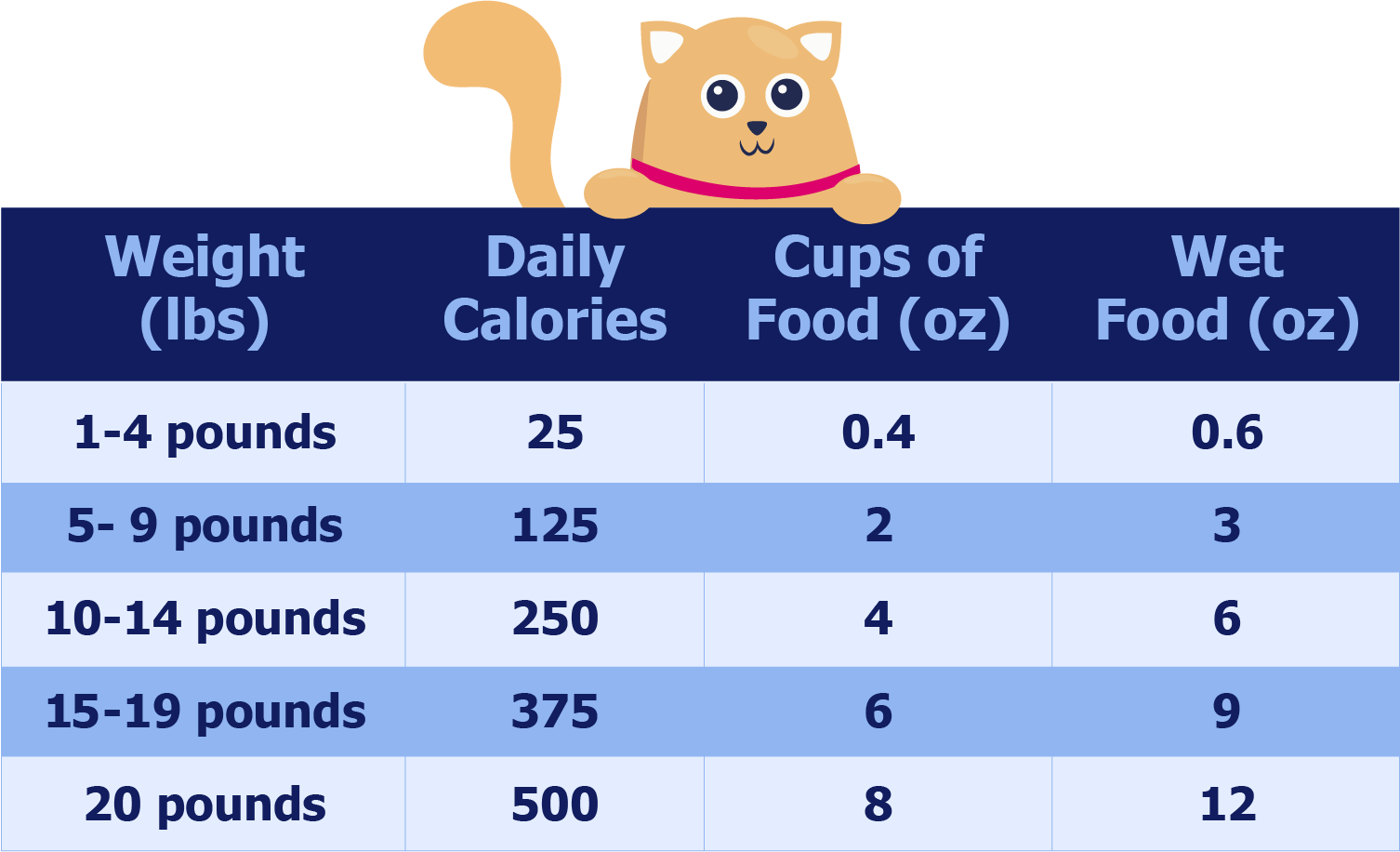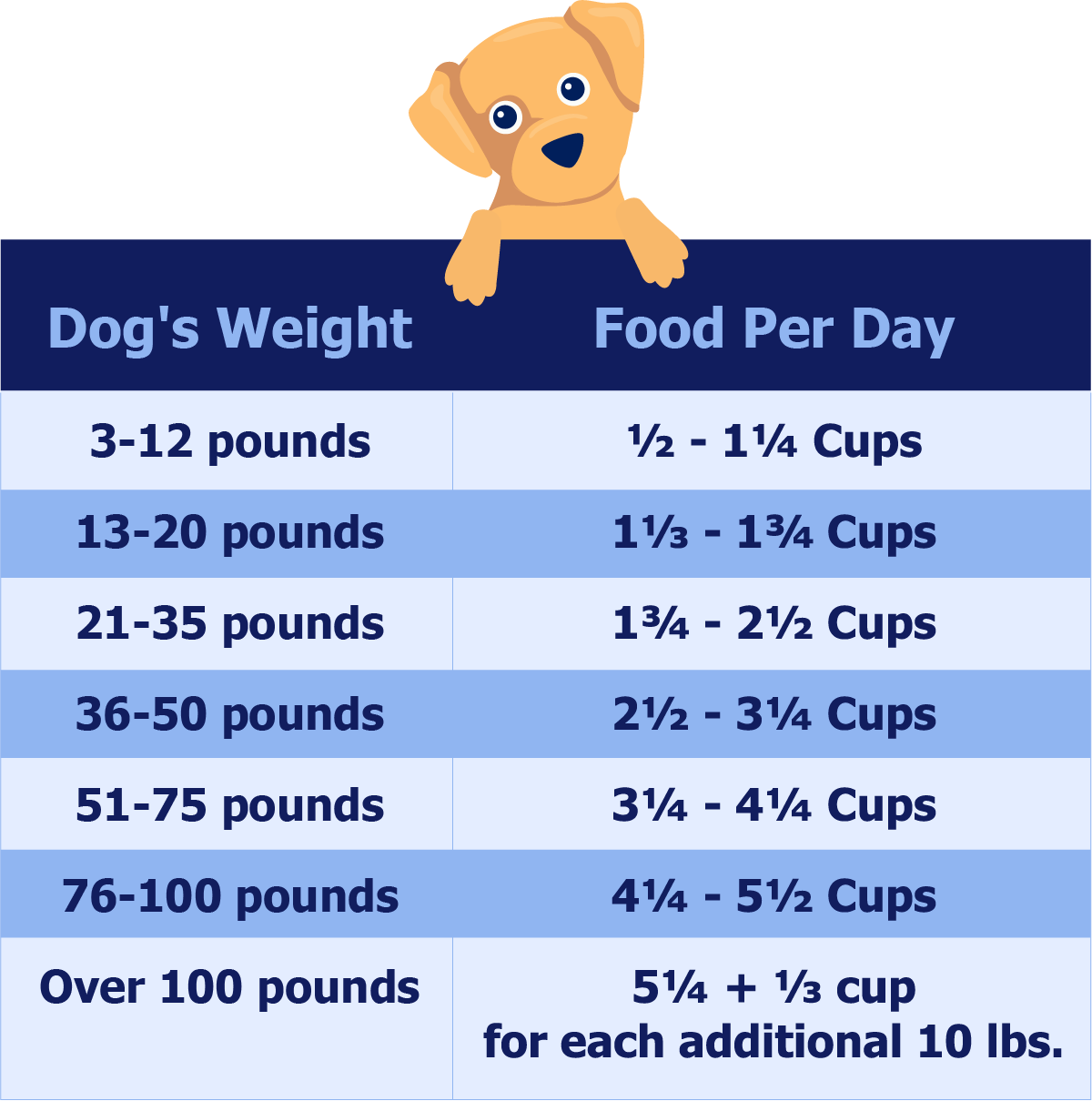How to Tell if a Dog Is Sick: 10 Common Symptoms

Table of Contents
Dogs might not be able to tell us in words when they're not feeling well, but they often show it with their behavior. Even subtle changes can indicate something's wrong.
Recognizing these signs early can make all the difference in their well-being.
Here are the key symptoms that determine if your dog is sick and might need medical attention:
1. Changes in Appetite
A sudden change in your dog's appetite, whether they're eating too little, too much, or not eating at all can be a sign something is not right.
Changes in your dog's appetite can be caused by:
- Dental disease or oral pain can make chewing a challenge for dogs
- Stomach upsets – perhaps from sneaking table scraps or a sudden diet change – can cause them to eat less
- Intestinal parasites
- Conditions like pancreatitis can also impact their eating habits
- Behavioral reasons like being bored with their current food or might've developed an aversion to it
- Underlying illnesses like kidney or liver disease could reduce their food intake.
However, when you notice an increased appetite, it could be due to conditions like canine diabetes or thyroid issues.
Depending on the root cause, treatments might range from dental cleanings and dietary adjustments to medications targeting the specific issue.
How Much Should I Feed My Pet?
View Results
How Much Should I Feed My Pet?
For guidance on your pet’s nutrition and optimal weight, schedule a home or virtual vet visit.
For guidance on your pet’s nutrition and optimal weight, schedule a home or virtual vet visit.

Share Quiz
2. Changes in Drinking Habits
It's not uncommon to spot changes in your dog's drinking habits. Simple factors, like a warmer climate or increased physical activity, can make them thirstier.
However, sometimes these changes can be attributed to shifts in their diet. For instance, switching from dry kibble to wet food might reduce their water intake, since wet food contains more moisture. A change in the water source, perhaps a new taste or even the bowl's location, can also play a part.
Yet, while these reasons are relatively benign, persistent changes can hint at health concerns. Increased thirst can be a sign of conditions like diabetes, kidney issues, or hormonal imbalances.
Conversely, reduced water intake could suggest nausea or dental discomfort.
Treatments for these changes can range from dietary adjustments and medications to manage conditions like diabetes or kidney issues to dental cleanings for oral discomfort.
In more benign cases, simple modifications like altering the water source or food type might do the trick.
How Much Water Should My Dog Drink in a Day?
How Much Water Should My Dog Drink in a Day?
View Results
How Much Water Should My Dog Drink in a Day?
Based on your pet’s weight and energy level, your dog should be drinking approximately ounces of water per day
On hot days, expect your dog to need more water. Adult dogs will generally drink when thirsty, so make sure to provide lots of cool, fresh water for them. Puppies and senior dogs may need to be reminded to keep up with their water intake, so if you do not observe them drinking regularly, make sure to lead them to their water bowl and encourage them to drink.
The above calculator is meant to serve as a general guide for your pet. Every dog has their own unique needs, and therefore, we recommend that you speak to your veterinarian if you have concerns about your pet’s nutrition, including how much your dog should be drinking each day.
Share Quiz
3. Changes in Behavior
Dogs can display distress or discomfort through notable behavioral shifts. Physical discomfort from undetected injuries or conditions like arthritis might make them more irritable or withdrawn.
Emotional triggers, such as changes in their environment or the addition of a new pet, can also disrupt their typical behavior. Additionally, aging dogs may show signs of cognitive decline, affecting their daily routines and reactions.
If your dog starts acting differently, it's important to understand why.
Paying attention to these behavior changes can make all the difference in their overall health and happiness. The first step is determining whether it's due to a health issue or environmental changes. This could be done with a licensed vet performing a behavioral consultation.
Potential solutions include medication, behavioral training, or making modifications based on their age.
Is Your Dog Showing Signs of Osteoarthritis Pain?
1. Limps after exercise or active play.
2. Has trouble keeping up on walks.
3. Is slow to get up from sitting or lying down.
4. Has difficulty jumping up and down.
5. Seems stiff when moving around.
6. Has difficulty climbing up and going down the stairs.
7. Changes in appetite - your dog is showing less interest in food.
8. Changes in grooming - your dog is not grooming as much or is licking certain areas more than usual.
9. Personality changes - your dog is less sociable than usual or is resistant to being touched.
10. Changes in potty habits - your dog is having accidents inside the house or does not want to go outside.
View Results
Is Your Dog Showing Signs of Osteoarthritis Pain?
1. Limps after exercise or active play.
2. Has trouble keeping up on walks.
3. Is slow to get up from sitting or lying down.
4. Has difficulty jumping up and down.
5. Seems stiff when moving around.
6. Has difficulty climbing up and going down the stairs.
7. Changes in appetite - your dog is showing less interest in food.
8. Changes in grooming - your dog is not grooming as much or is licking certain areas more than usual.
9. Personality changes - your dog is less sociable than usual or is resistant to being touched.
10. Changes in potty habits - your dog is having accidents inside the house or does not want to go outside.
Share Quiz
4. Hair Loss and Itchy Skin
When your dog constantly scratches, licks, or even starts to lose hair in patches, it's a clear sign something's bothering their skin.
Allergies in dogs are common, whether from food, environmental factors, or reactions to certain products like shampoos. External parasites, such as fleas, ticks, or mites, can also drive your dog to itchiness and discomfort.
More concerning skin issues might arise from bacterial and fungal infections or autoimmune diseases that manifest as skin problems.
Scratching all the time isn't just uncomfortable for your dog; it can lead to open sores or secondary infections. And let's face it, seeing bald patches or red inflamed areas on your furry buddy can be quite worrisome.
Treatments might include antiparasitic medications, allergy medications, special shampoos, or dietary changes.
Schedule an in-home allergy exam for your dog.
Does Your Pet Have Skin Allergies?
1. How frequently does your pet seem itchy?
2. Where does your pet scratch the most?
3. Which season is your pet’s symptoms the most noticeable?
4. How often does your pet seem uncomfortable?
5. Can you see any of the following symptoms on your pet’s skin?
6. Is your pet experiencing any of the following symptoms?
View Results
5. Trouble Walking or Limping
Difficulty walking or limping can be a telltale sign that your dog isn't feeling their best. Often, this is an indication of pain or discomfort in their legs, paws, or joints.
Causes can be numerous, from simple reasons like stepping on something sharp or minor sprains to more severe issues such as arthritis, hip dysplasia, or even bone diseases.
Keep reading: Causes of Shoulder Pain in Dogs
It's not just the physical discomfort that affects them. A dog that's used to running around but suddenly finds it painful can become frustrated or depressed. They might even withdraw from their favorite activities or become reluctant to go for walks.
The treatment approach depends on the diagnosis. For minor sprains, rest and limiting physical activity might be the recommendation. In cases of chronic issues like arthritis, medications to reduce inflammation and pain, joint supplements, or even physical therapy might be beneficial.
Does My Dog Need an Orthopedic Evaluation?
1. Have you observed that your dog has an abnormal stance or gait?
2. Is your dog limping or favoring their leg or paw?
3. Does your dog have a history of arthritis and seems to be in pain?
4. Is your dog showing signs of lameness (constant or intermittent)?
5. Is your dog showing reluctance or the inability to stand up?
6. Is your dog reluctant or unable to jump up or climb stairs?
7. Is your dog more irritable than usual?
8. Is your dog more lethargic than usual?
9. Does your dog seem to be physically uncomfortable or in pain?
10. Does your dog’s appetite seem less than usual?
11. Has your dog gained weight recently with no explanation?
12. Is your dog more hesitant to go for walks?
13. Is your dog tilting their head more than usual?
14. Is your dog shifting their wait while standing or walking more than usual?
15. Is your dog showing signs of stiffness in legs or joints?
16. Is your dog experiencing swelling of their joints?
View Results
Does My Dog Need an Orthopedic Evaluation?
1. Have you observed that your dog has an abnormal stance or gait?
2. Is your dog limping or favoring their leg or paw?
3. Does your dog have a history of arthritis and seems to be in pain?
4. Is your dog showing signs of lameness (constant or intermittent)?
5. Is your dog showing reluctance or the inability to stand up?
6. Is your dog reluctant or unable to jump up or climb stairs?
7. Is your dog more irritable than usual?
8. Is your dog more lethargic than usual?
9. Does your dog seem to be physically uncomfortable or in pain?
10. Does your dog’s appetite seem less than usual?
11. Has your dog gained weight recently with no explanation?
12. Is your dog more hesitant to go for walks?
13. Is your dog tilting their head more than usual?
14. Is your dog shifting their wait while standing or walking more than usual?
15. Is your dog showing signs of stiffness in legs or joints?
16. Is your dog experiencing swelling of their joints?
Share Quiz
6. Coughing and Sneezing
It's not unusual to hear your dog give an occasional sneeze or cough. But if it's happening often, it's worth paying attention.
Simple reasons for coughing and sneezing in dogs:
- Dusty environments, allergens, or the common cold
- Canine flu or kennel cough could be at play
- Heart disease and bronchitis
Frequent coughing or sneezing isn't just annoying for your dog; it can wear them out and make them less enthusiastic about their usual activities.
They might need some rest, a bit of environmental tweaking, or certain medications to tackle the problem. And, always keep in mind, sometimes the cause can be more serious, like heart-related issues, which means a vet’s evaluation becomes crucial.
7. Eye and Ear Issues
Your dog's eyes and ears are sensitive, and it is important to note any changes in their appearance or behavior.
Eye issues in dogs
Redness, discharge, swelling, or frequent scratching are signs that something's wrong. For eyes, issues can range from simple irritations or allergies to more serious conditions like cataracts or glaucoma.
Ear problems in dogs
Ears, on the other hand, are prone to infections, especially in breeds with floppy ears or those who love to swim. Yeast infections, bacterial infections, or underlying allergies are common culprits.
When dogs face eye or ear discomfort, they might become more irritable, shy away from touch, or even lose some of their typical playfulness. In severe cases, untreated issues can lead to loss of vision or hearing.
Addressing these problems often involves cleaning, medicated drops or ointments, or, for more severe conditions, specialized treatments or surgeries.
8. Unexplained Weight Loss or Gain
If your dog's weight seems to be on a roller coaster without any clear reason, it's something to take note of. Sudden weight loss could result from metabolic disorders, poor absorption of nutrients, or even serious conditions like cancer.
On the flip side, packing on the pounds isn't always just about extra treats or less exercise; it might be related to hormonal imbalances or other internal issues.
A shift in weight doesn't just change how your pup looks. A rapid weight drop can make them lethargic and potentially weaken their immune system, making them more susceptible to infections.
Weight gain can add stress on their joints and organs, potentially decreasing their life span. Addressing the cause of these weight shifts might require dietary changes, medications, or more specific treatments.
Schedule an in-home diet consultation with one of our licensed vets!
Is My Dog Overweight?
How to Use the Body Condition Score (BSC) Chart
- Feel Your Dog’s Ribs: Gently feel along your dog’s ribs and chest. An overweight dog will have excessive fat covering the ribs, making them more difficult to feel. An underweight dog’s ribs will feel more “bony” and prominent. If your dog is at a healthy weight, you’ll be able to feel the ribs, but only when pressing gently on them.
- Check Your Dog’s Abs: Get down on your dog’s level and look at your dog’s shape from the side. Check where their chest transitions to their belly. Ideally, this area should have a tapered appearance, called an abdominal “tuck.”
- Look at Your Dog’s Waistline: Look at your dog’s shape from above. Do they have a slightly tapered-in waistline? If so, this is one indicator that your dog may be at a healthy weight.
View Results
Is My Dog Overweight?
1-3 Underweight
A body condition score of 1-3 is generally considered to be too thin. Consult with your vet about introducing more calories into your dog’s diet and rule out any medical causes.
4-5 Just right!
A body condition score of 4-5 is an indicator that your dog is at an ideal weight. If you still have concerns, a vet can advise you best.
6-9 Overweight
A body condition score of 6-9 means that your dog may be overweight or obese. It’s important to check in with your vet about the best plan for your pet.
Share Quiz
9. Vomiting and Diarrhea
While an occasional upset stomach might cause your dog to vomit or have diarrhea, persistent or severe symptoms shouldn't be ignored.
Many factors can lead to stomach issues in dogs:
- Ingesting something they shouldn't
- Dietary changes
- Allergies
- Infections and parasites
- Pancreatitis or kidney disease
The immediate effect on your dog includes dehydration, weakness, and a potential loss of essential nutrients. Prolonged bouts can take a toll on their overall health and vitality.
In terms of treatment, for mild cases, a bland diet and plenty of water might help. But for persistent or severe cases, especially if there are other symptoms like lethargy or blood in the stool or vomit, more specific treatments or interventions are usually required. Monitoring your dog closely and ensuring they stay hydrated is always essential.
Should My Pet Be Seen by a Veterinarian?
1. Have you noticed changes in your pet’s appetite?
2. Does your pet have diarrhea or loose stools?
3. Have you noticed changes in your pet’s thirst/water consumption?
4. Is your pet having accidents in the house?
5. Is your pet pacing and unable to settle?
6. Is your pet panting more than usual?
7. Is your pet whining or vocalizing more than usual?
8. Is your pet shaking more than usual?
9. Is your pet hiding or avoiding physical contact more than usual?
10. Is your pet more lethargic and sleeping more than usual?
11. Are you concerned about changes in your pet’s behavior?
12. Is your pet scratching their ears?
13. Is your pet licking their paws more than usual?
14. Does your pet have a rash?
15. Is your pet moving more slowly than usual or having a harder time getting up or down?
View Results
Should My Pet Be Seen by a Veterinarian?
1. Have you noticed changes in your pet’s appetite?
2. Does your pet have diarrhea or loose stools?
3. Have you noticed changes in your pet’s thirst/water consumption?
4. Is your pet having accidents in the house?
5. Is your pet pacing and unable to settle?
6. Is your pet panting more than usual?
7. Is your pet whining or vocalizing more than usual?
8. Is your pet shaking more than usual?
9. Is your pet hiding or avoiding physical contact more than usual?
10. Is your pet more lethargic and sleeping more than usual?
11. Are you concerned about changes in your pet’s behavior?
12. Is your pet scratching their ears?
13. Is your pet licking their paws more than usual?
14. Does your pet have a rash?
15. Is your pet moving more slowly than usual or having a harder time getting up or down?
Share Quiz
10. Difficulty with Urinating and Bowel Movements
Difficulty in urinating or having bowel movements is more than just a temporary discomfort for your dog. When they strain to urinate or you notice changes in their urine volume, it's cause for concern. Properly house-trained dogs won't suddenly start urinating around the home without a significant reason.
Bowel movement troubles can range from gastrointestinal blockages to constipation or even more severe conditions like tumors.
Excessive urination might be a sign of kidney concerns or diabetes mellitus, while bloody urine could be a warning for conditions like urinary tract infections, bladder stones, or even cancer.
While dogs of all ages can face these challenges, senior dogs might be more prone to certain issues. Addressing these problems might require dietary changes, medications, or, in more severe cases, surgical interventions.
What to Do If You Notice These Symptoms
When you notice changes in your furry friend, you must not ignore them. Even if some symptoms seem minor at first, they might indicate a more significant underlying issue.
Always keep track of any persistent or unusual behaviors and try to document their frequency and severity. This can be helpful information when discussing with a veterinary professional.
While some situations might warrant immediate attention, in most cases, it's essential first to observe and note any patterns. However, don't wait too long. If symptoms persist or seem out of the ordinary, contact your veterinarian.
They'll likely conduct diagnostic tests and assessments to understand the cause, followed by advising on the best course of treatment.
Hassle-free In-Home Pet Sick Visits
When your pet isn't feeling well, the last thing you want is a stressful trip to the vet. Our in-home sick pet visits offer a calm, stress-free alternative.
Conclusion
Spotting changes in your dog's health early on can make a difference in their quality of life. Being attentive and proactive about our pets' health ensures their happiness and well-being.
If any of the symptoms mentioned resonate, or if you believe it's time for a routine checkup, don't hesitate. Schedule a home vet visit to keep your furry friend in tip-top shape.
Frequently Asked Questions
Is my dog just tired or sick?
A tired dog will recover after rest, while a sick dog may show prolonged symptoms like loss of appetite, changes in behavior, or other unusual signs. It's always best to consult a veterinarian if you're unsure about your dog's health.
How long can a dog be sick for?
The duration of illness in a dog varies based on the cause. While some minor illnesses may resolve in a day or two, more serious conditions can persist for weeks or even become chronic. If your dog shows signs of illness for more than 24 to 48 hours, it's advisable to consult a veterinarian.
Is it necessary to consult a veterinarian even for mild signs of illness in my pet?
While mild signs might resolve on their own, it's always a good idea to consult a veterinarian. They can provide guidance, ensure there's no underlying issue, and give peace of mind for your pet's health.
What steps can I take at home if I suspect my pet is sick?
If you suspect your pet is sick, it's important to monitor their symptoms closely and keep them in a comfortable environment. Avoid giving them any medications without consulting a veterinarian. Always keep a record of any unusual behaviors or symptoms, as it can help the veterinarian diagnose the issue. If symptoms persist or worsen, it's essential to seek veterinary professional advice.







